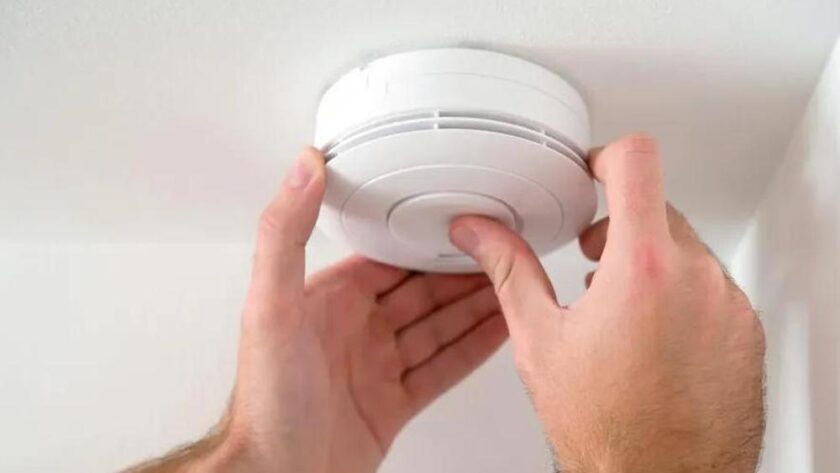Fire alarm systems serve as the first line of defence against unexpected fire incidents. Their installation, therefore, is a crucial step that requires careful planning and execution. Here are the seven essentials you need to know about fire alarm installation.
Understand Your Building’s Needs
Every building has unique requirements for fire safety. Factors such as size, design, occupancy, and the materials stored within can significantly influence the type of fire detection system necessary. It’s essential to conduct a thorough risk assessment before deciding on your fire safety measures. This assessment should include potential fire sources, the materials that could fuel a fire, and the risk to people in the building.
It’s also important to consider any special needs or circumstances, such as disabled access or hazardous materials storage.
Choose the Right Type of Alarm
There are various types of smoke alarms available, each with its own set of advantages. Some detect smoke while others are heat sensitive. Smoke detectors are typically more responsive to fires that begin with a long period of smouldering, like cigarette fires. Heat detectors are more responsive to fires that rapidly increase in heat, like kitchen fires. To ensure optimal protection, choose an alarm type that best suits your building’s specific needs.
Placement is Key
The positioning of these alarms is vital to their effectiveness. They should be installed in all rooms, hallways, and other crucial points like the kitchen or storage areas. Moreover, they should be placed in a location where they can be easily heard and not obstructed by furniture or other objects.
It’s recommended that smoke alarms be placed on the ceiling or high on the wall, as smoke rises. Heat alarms should be placed in areas where a rapid increase in temperature is likely, such as kitchens or garages.
Regular Maintenance
Even the most advanced fire detection system will fail without regular maintenance. This includes testing the alarms at least once a month, replacing batteries annually, cleaning dust off the sensors, and ensuring the alarms are in working order. If an alarm sounds a “chirp” that indicates a low battery, replace it immediately. Regularly scheduled professional inspections can also help identify and fix any issues before they become serious problems.
Compliance with Codes and Standards
Alarming systems for fire must adhere to local codes and standards. These regulations ensure that the system is reliable and effective. Non-compliance can result in penalties and, more importantly, compromise the safety of the building. It’s crucial to understand and comply with these regulations, which may involve hiring a professional to ensure proper installation and operation.
Professional Installation
While it might be tempting to install the system yourself to save costs, professional installation is recommended. Experts have the necessary training and experience to ensure that the system is installed correctly and functions as intended.
They can provide valuable advice and guidance, as well as make sure that the system meets regulatory standards. A poorly installed system can lead to false alarms, which can cause unnecessary panic and potentially desensitize people to real alarms.
Training and Awareness
Everyone in the building should understand how the fire alarm system works and what to do when it goes off. Regular drills and training sessions can help build this awareness and ensure a swift and orderly evacuation in case of a fire. This training should include understanding the sound of the alarm, knowing the evacuation routes and exits, and knowing how to call the fire department.
Conclusion:
Fire alarm installation is not a process to take lightly. By paying attention to these essentials, you can ensure that your building is as safe as possible from the threat of fire. Remember, the goal is not just to comply with regulations but to provide a safe environment for everyone in the building. A well-planned and maintained system can save lives and property, so it’s worth investing the time and resources to get it right.





